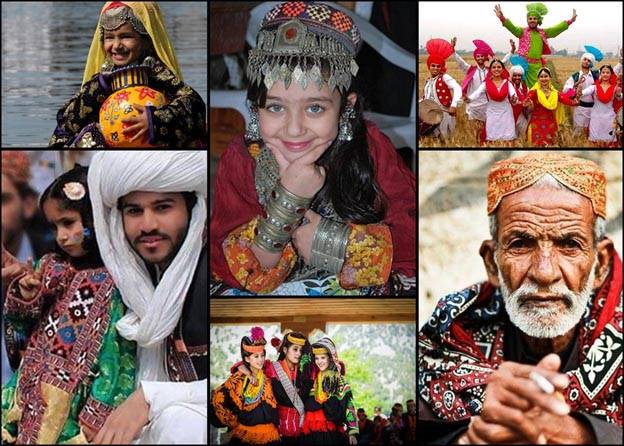
Nadeem F. Paracha through painstaking research explores the myriad dimensions of Pakistan’s history, geography and society.
Governing from Tents
When Pakistan emerged as a separate country in 1947, it was extremely short on resources. Many of its first civil servants and government officials had to operate from makeshift tents.
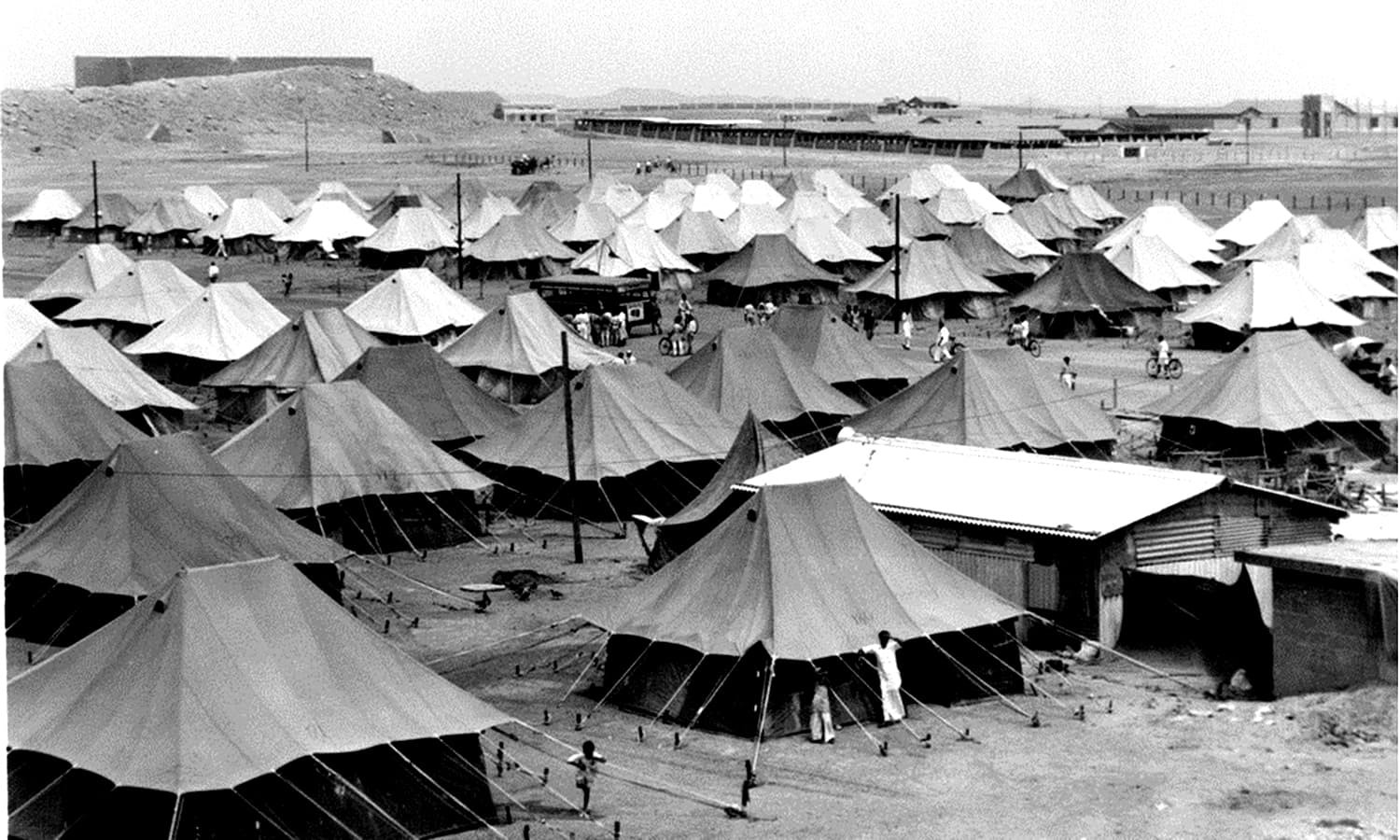
For Queen and Country
The Queen of England, Elizabeth, was also Pakistan’s head of state till 1956. Pakistan appeared on the world map in August 1947 as an ‘Independent British Dominion.’ King George VI was the new country’s head of state till 1952. Elizabeth took over this role after George till Pakistan was declared a republic in 1956.
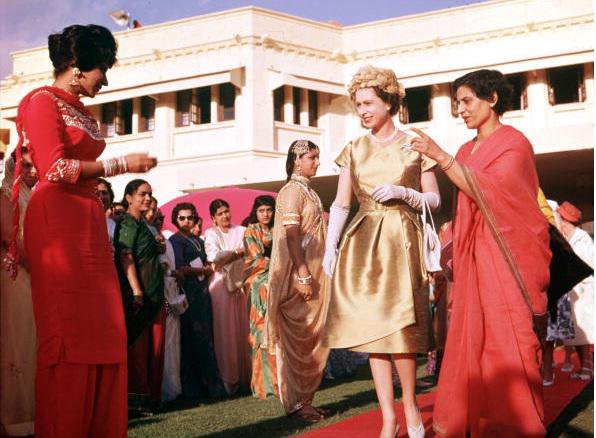
The Karachi Odyssey
Till the early 1940s, Karachi was considered to be ‘the cleanest city in South Asia.’ It was also known as ‘the Paris of Asia.’
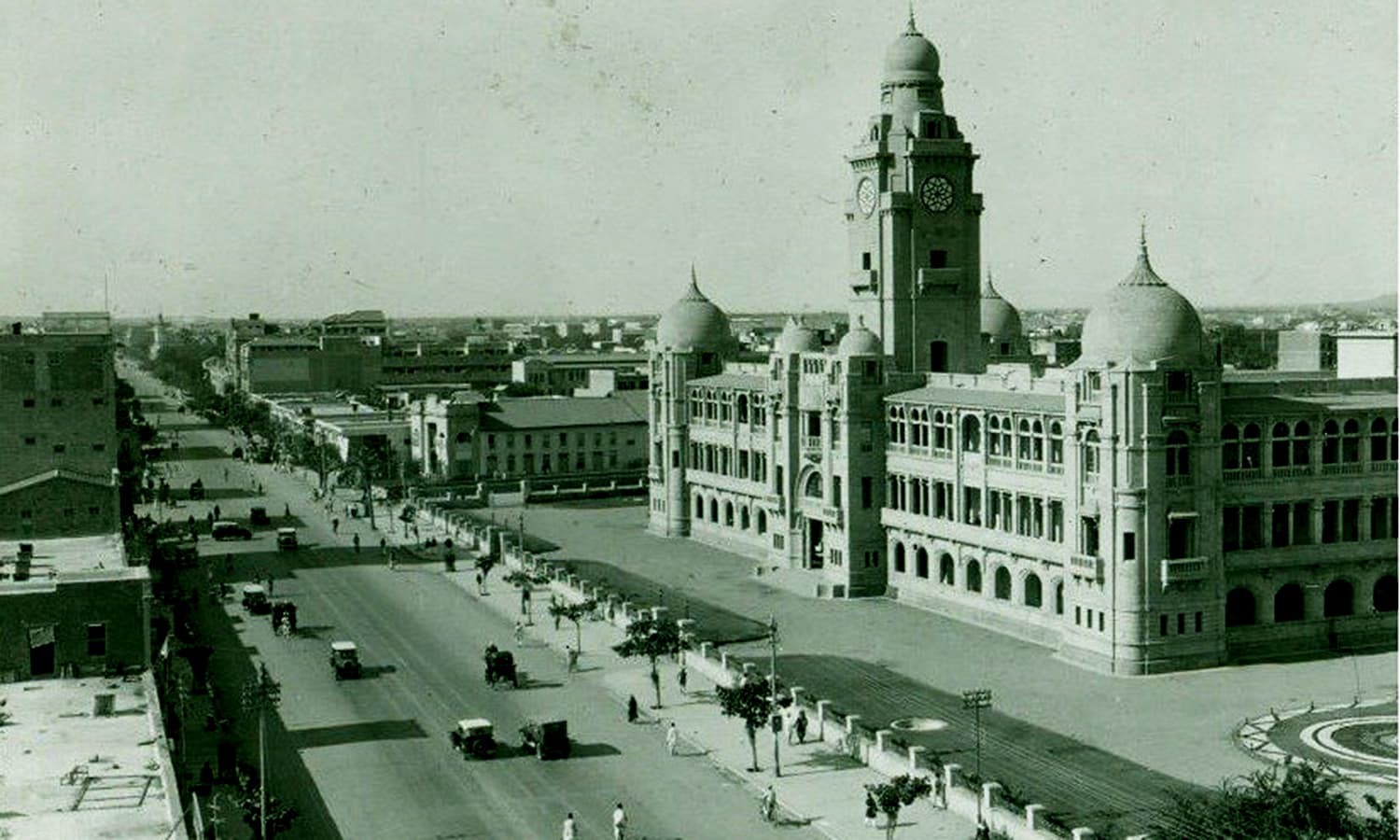
During Pakistan’s industrial and economic boom in the 1960s, Karachi became the main commercial hub of Pakistan and also its ‘entertainment capital’ with its cinemas, restaurants, bars and nightclubs. It was during this period that it began being known as ‘City of Lights’ – a moniker which it held till the 1980s after which the city’s infrastructure began to collapse.
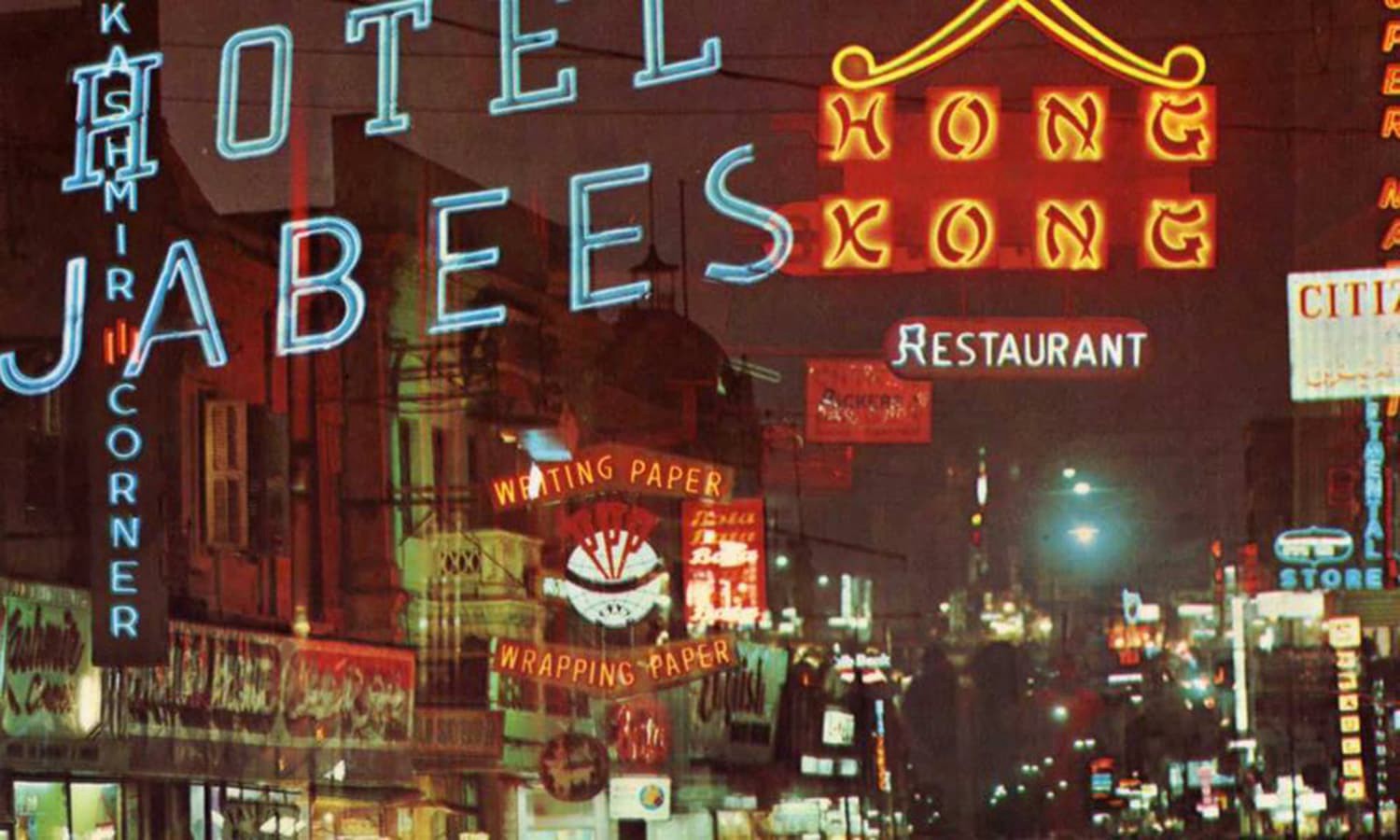
Today Karachi is considered to be one of the most congested, polluted and ‘dangerous’ cities in the world.
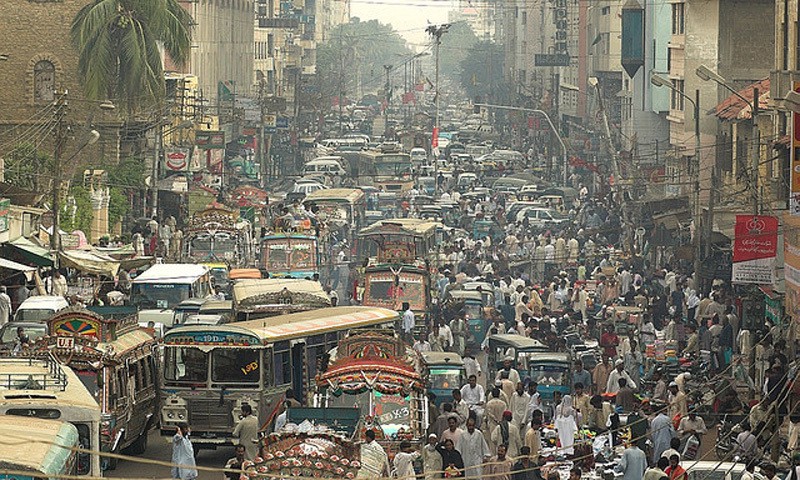
Pakistan’s Polish Soldiers
As the situation in Poland got worse during the Nazi occupation and then after World War-II, 45 Polish officers and scientists flew to Pakistan in 1948 to serve in Pakistan’s nascent armed forces. Many of them went on to serve the country’s military and air force till the 1960s. In fact, it was one such Pole, Józef Marian Turowic, who was serving as the chief scientist in the Pakistan Air Force who initiated Pakistan’s space program with Dr. Abdus Salam during the Ayub Khan regime (1958-69). He was bestowed with one of Pakistan’s highest awards, the Sitara-e-Imtiaz. Turowic remained in Pakistan where he died in a car crash in 1980.

Rite of Passage Till 1965 many Indian and Pakistanis held a special ‘joint India-Pakistan passport.’ These were mainly issued to Sikhs of India who regularly travelled to Pakistan’s Punjab province as pilgrims to Sikhism’s holy sites in that province. The passport was also for those Pakistanis who had family members in India. The passport was discontinued after the 1965 India-Pakistan war.

The Drowned Town
In 1967, a major dam (Mangla Dam) was built on Jhelum River in the Mirpur District of Azad Kashmir. The dam’s construction caused the ‘controlled flooding’ of some villages and one major town. They were completely submerged underwater. For years, some structures of the drowned town would slightly emerge during low tide. Some of these structures can still be seen, but today they appear a lot more rarely than before. Curious folk still dive in this section of the river to investigate the remains of the drowned town.
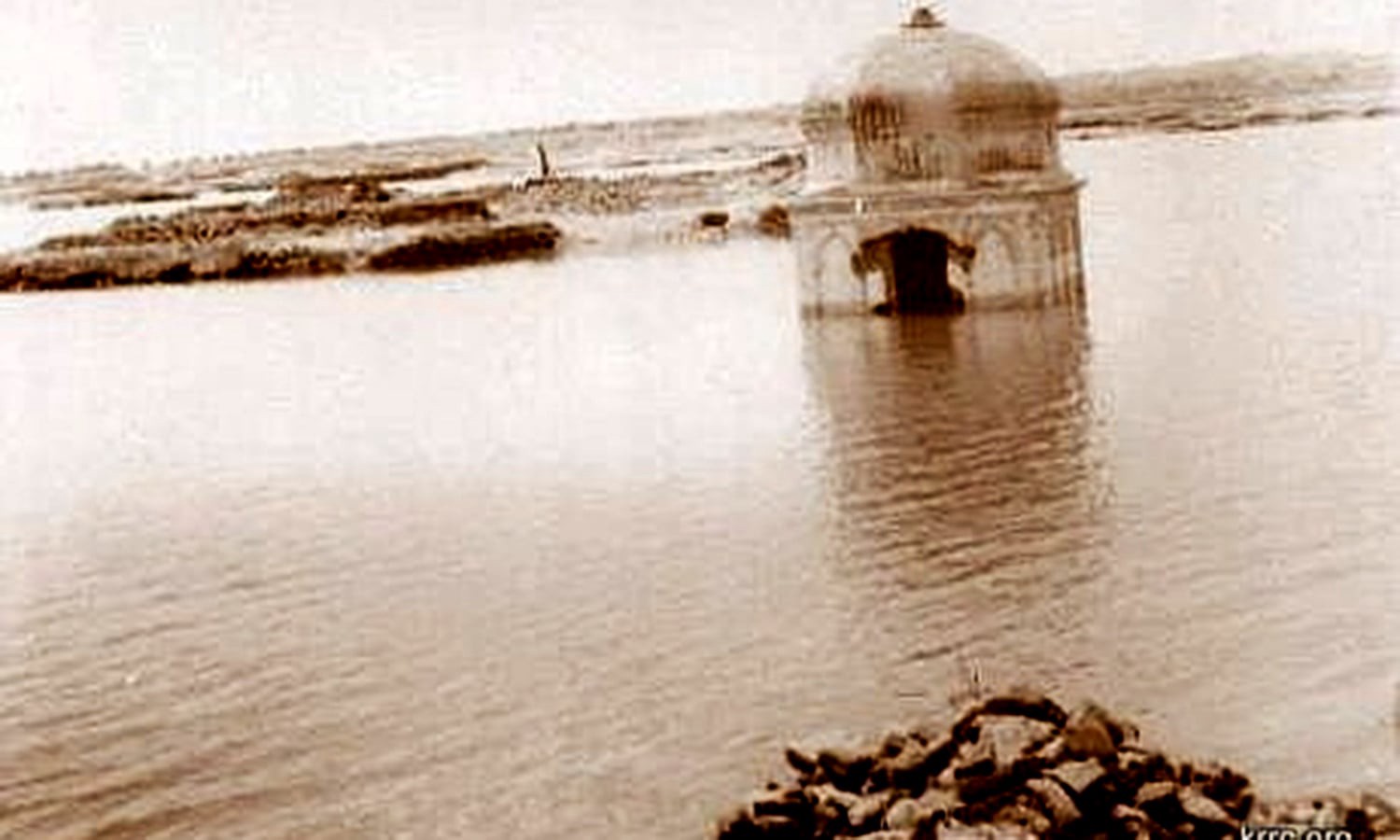
Unity in Diversity
Though Pakistan has four prominent ethnic groups, there are actually over 25 ethnic communities residing in the country. What’s more, over 65 languages are spoken in Pakistan. Of these, Punjabi is the largest spoken language and Urdu is the national language.
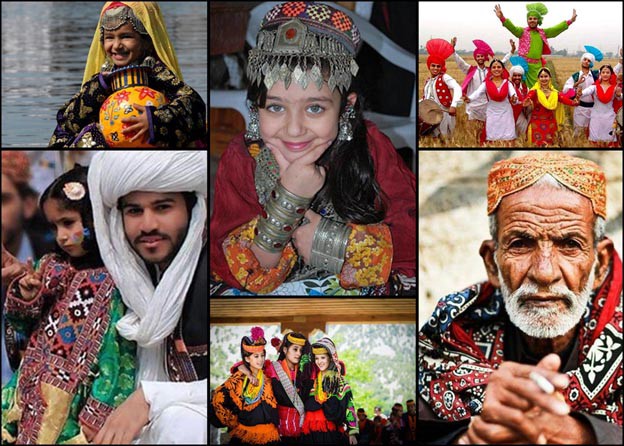
The Pakistan Islands
Very few Pakistanis outside of Karachi and Gwadar know that the territory of the country includes approximately 15 islands. Most of these islands are situated in the Arabian Sea near Karachi in Sindh and Gwadar in Balochistan. Below are pictures of some of these islands.
Astola Island: 39 km from the fishing port of Pansi in Balochistan. Unpopulated.

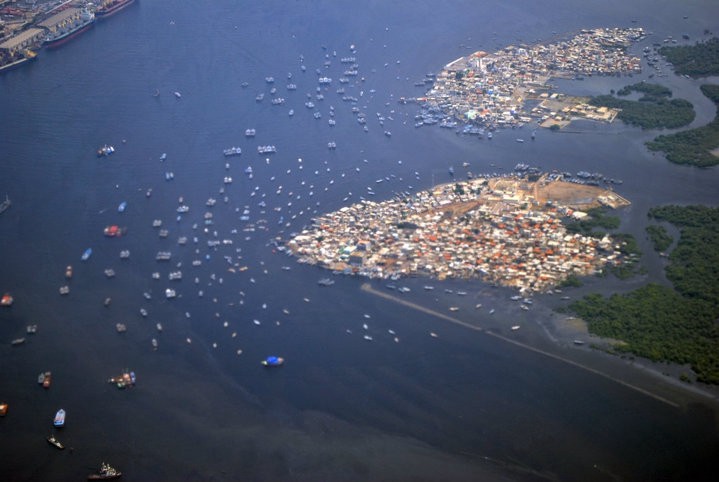
Buddo Island: Off the coast of Karachi. Thinly populated.
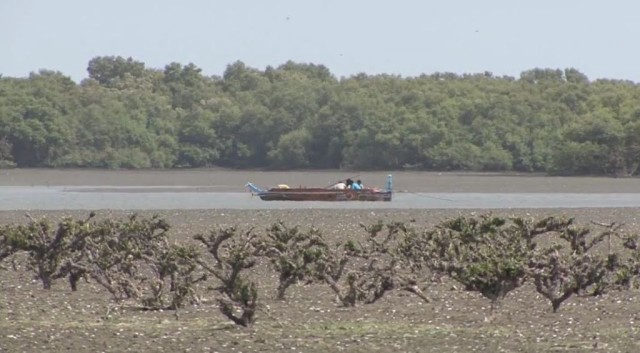
Bundal Island: Off the coast of Karachi. Thinly populated.
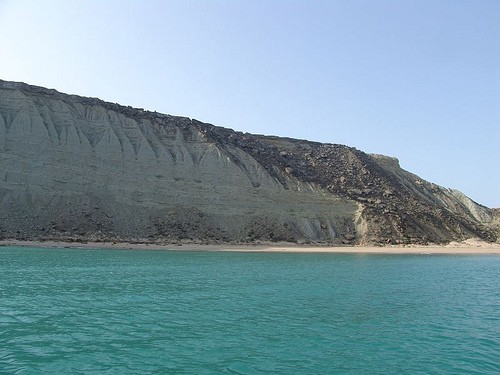
Charna Island: About 9km from Balochistan/Sindh’s Hub River. Recently a pair of Blue Whales were also sighted here. Thinly populated.
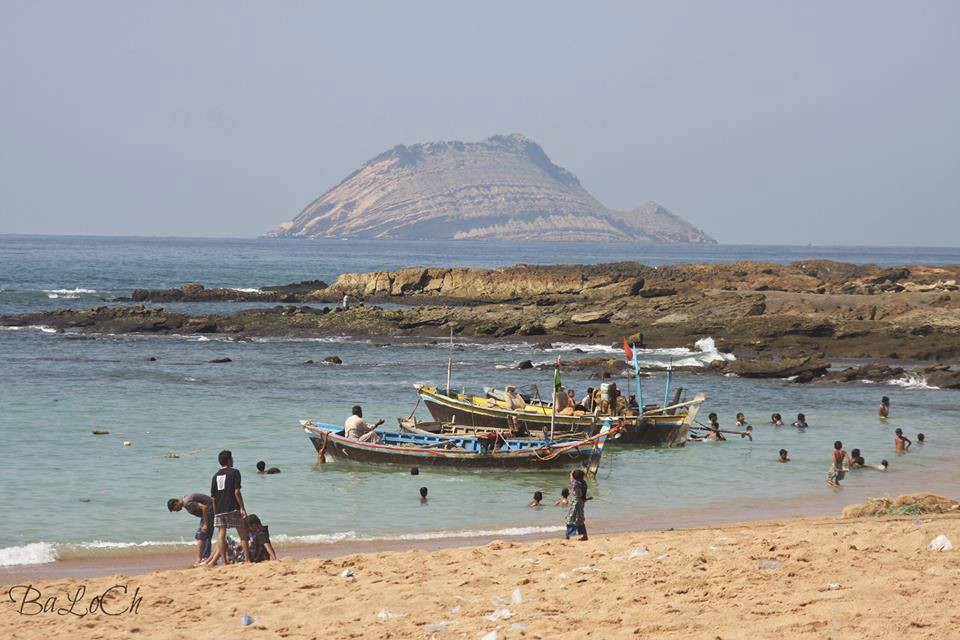
Zalzalah Koh (Earthquake Island): In 2013 an island was formed in a matter of hours due to an earthquake in the sea near the Gwadar Port. It was aptly named Earthquake Island. No population.
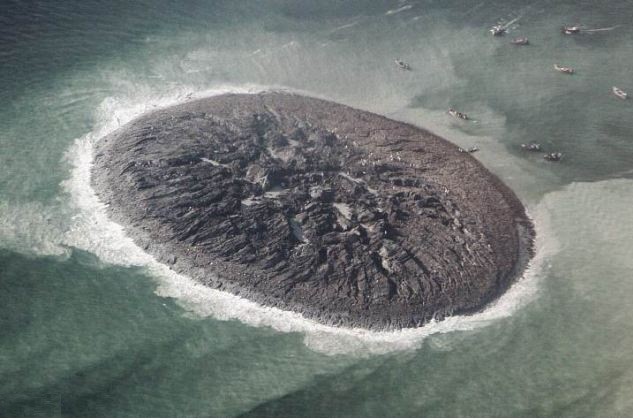
Deeply Spiritual
The Kehwra Salt Mine in Punjab’s Jhelum District is the second largest salt mine in the world. Within the mine there is an attractive little mosque which is the one of the deepest mosques on earth.
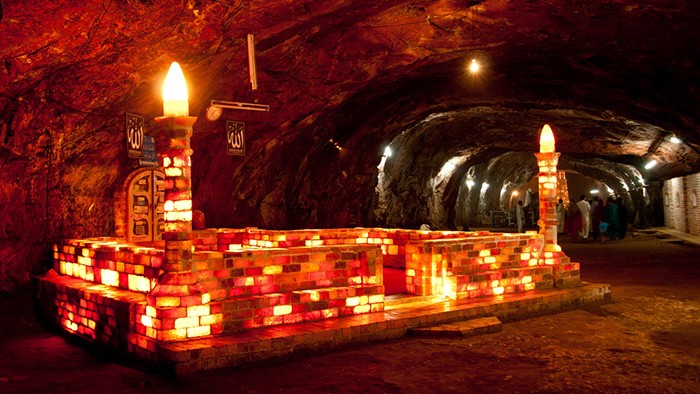
Mangopir’s Croco-Tale
There are over a hundred crocodiles living in a deep pond at a Sufi saint’s shrine in Karachi’s Mangopir area.
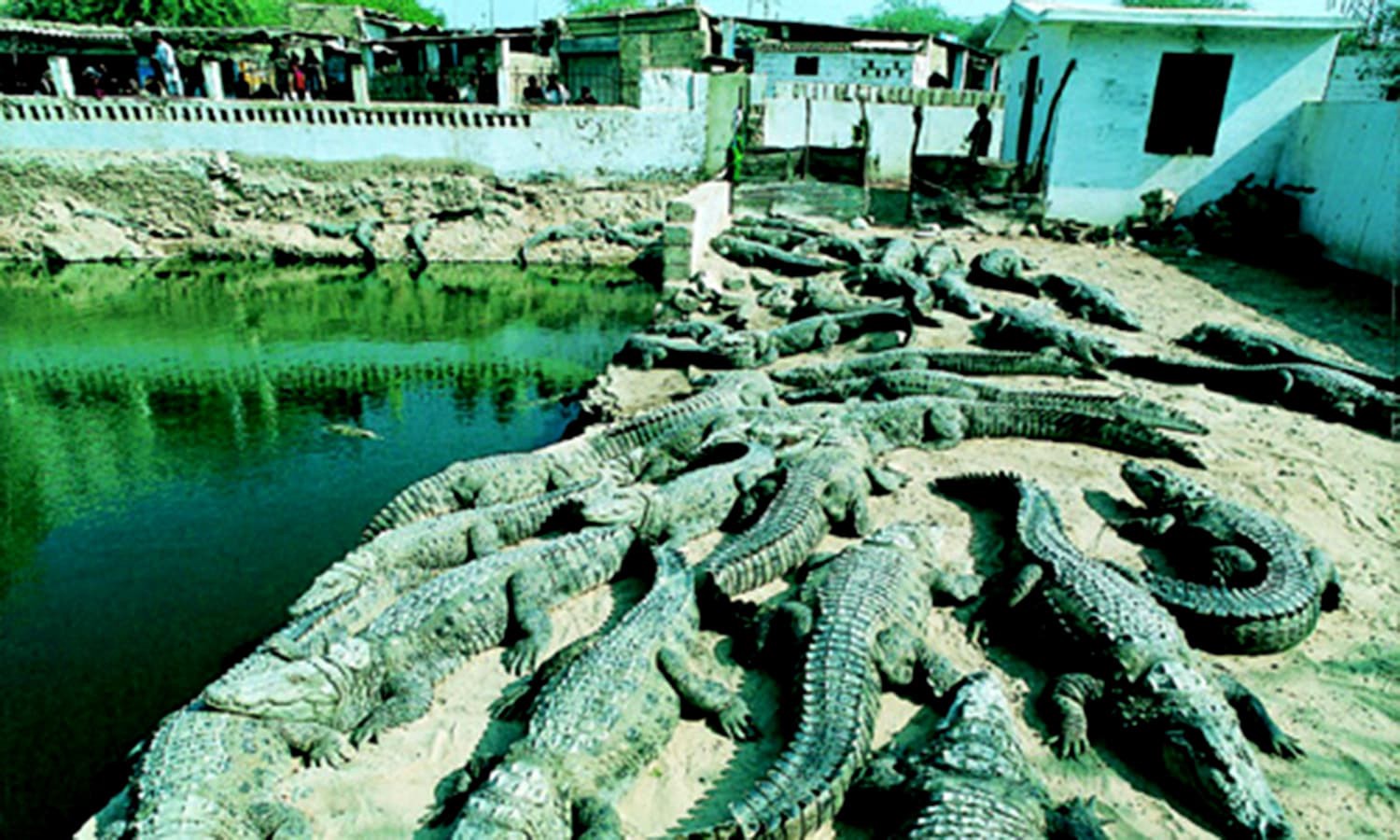
According to legend, these crocodiles were ‘summoned’ here by the Sufi saint over a thousand years ago. Devotees saw them as faithful pets and protectors of the saint. The crocs are fed food bought by the saint’s devotees.
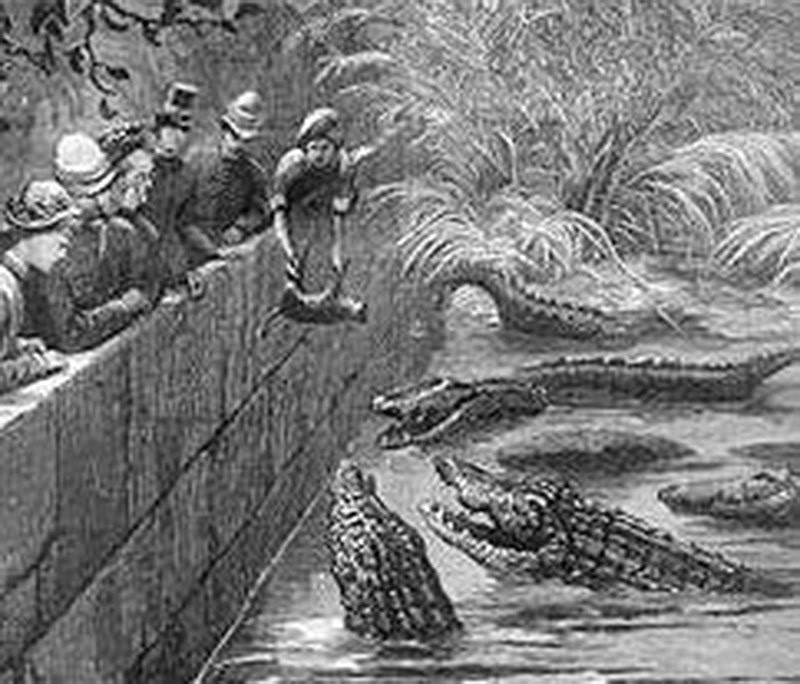
Scientists have found crocodile bones here which are over 5000 years old. They believe that an ancient flood must have carried the crocs here where they got stranded. They have been living here in this pond ever since.
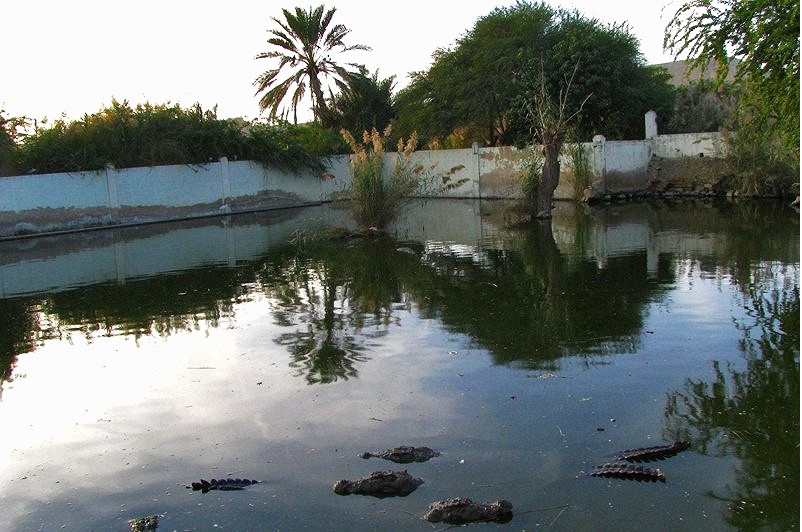
Pakistan’s coolest ‘export’
In July 2012, Scout Willis, teenage daughter of Hollywood stars Bruce Willis and Demi More was arrested in New York for underage drinking. She was caught drinking the Pakistani beer, Murree. Pakistan has three main breweries: Murree, Quetta and Indus. A prohibition was temporarily placed against sale of alcoholic beverages to Muslims in Pakistan in April 1977. The prohibition was then legislated in 1979. Murree is the largest and the oldest maker of alcoholic beverages in Pakistan. It is also one of the country’s biggest tax-paying companies. Its products are available outside of Pakistan as well – especially in South Asian restaurants in Europe and at Pakistani stores in the United States. That’s where Ms. Scout had gotten her Murree from.
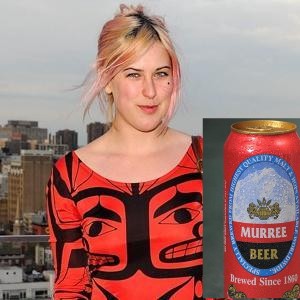
The Original Dogs
Pakistan has thousands of ‘stray’ street dogs. Almost all of them belong to a single breed: Pariah. A majority of them are brown and live on the streets, especially in the country’s heavily populated urban areas. Though they often become a menace and are ‘put down’ by the authorities, they belong to a breed of dogs which is thousands of years old. Experts say these dogs have been roaming the streets of South Asia since ancient times. The experts add that the Pariah dogs who have white, black or spotted skins are the outcome of the South Asian Pariah dogs who began mating with dogs brought here as pets by the British between the 18th and early 20th centuries. So whenever you see a stray dog anywhere in Pakistan which doesn’t have brown skin, then remember, he/she has some British blood in it.

Lost in Pace
Between 1979 and early 2000s, Pakistan produced some of the fastest bowlers in world cricket. These included Imran Khan, Wasim Akram, Waqar Younus, Shoaib Akhtar and Mohammad Zahid. But before Akram, Akhtar, Zahid and Younis, an 18-year-old lad called Atique-ur-Rehman had appeared, promising to become one of the quickest bowlers in the world. When Imran saw him in the nets in 1983, he said he (Atique) was even faster than him. The same year Atique, playing for Pakistan’s U-19 side, sent three Sri Lankan U-19 players to the hospital, hitting them with his vicious bouncers at Karachi’s National Stadium. Atique was picked for Pakistan in 1984 during the team’s tour of India. He just played in a side game. He was considered fast, but wayward. He also had a hot head. Veteran bowling coach, Khan Muhammad, was assigned to help Atique add some control to his bowling. Khan decided to change Atique’s bowling action. But with the new action, Atique lost a good 50 pc of his pace. And when he tried to revert to his previous action, he couldn’t. It was as if he had forgotten what it was. The promising fast man was never heard from again.
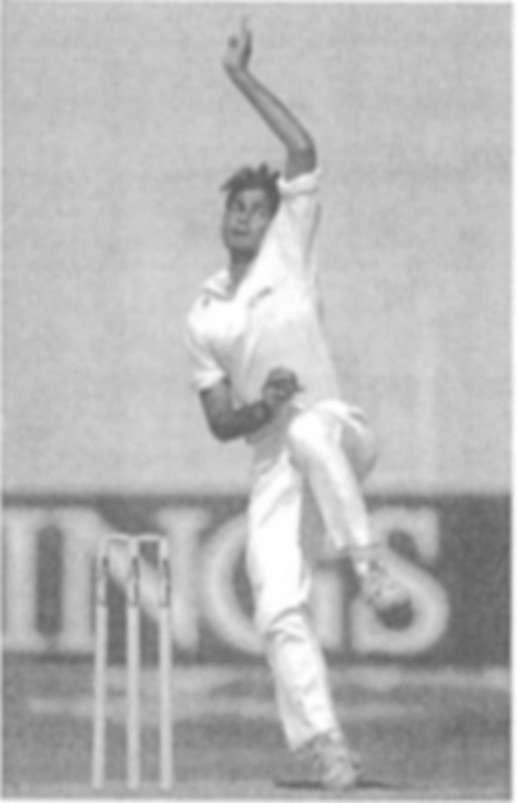
The Fox Man/Woman
The West discovered him/her in 2014; but it’s been at the Karachi Zoo for decades. Two British newspapers which ran a story on this ‘creature’ in 2014 called it the ‘Fox Lady.’ It’s basically a man who puts on heavy make-up on his face and sticks his head out of a hole. Beside him is a fake fox fur complete with a tail. People throw money at it and if they pay a bit extra can converse with him. He is called Mumtaz Begum (or Mrs. Mumtaz/Lady Mumtaz). The Karachi Zoo was established during British Colonial rule in 1878. It became Karachi Zoological Gardens after Karachi became part of Pakistan in 1947. Though UK newspapers reported that Mumtaz Begum was introduced in the early 1970s, truth is, ‘she’ made her first appearance in the late 1950s when one of the keepers at the zoo got the idea from a visiting circus. She was introduced as ‘Karachi Zoo’s talking fox.’ Various men played the role of Mumtaz Begum until the act was polished by a man called Ali in 1974 who added another feature to it: He/She began to ‘predict’ outcomes of school exams, career moves and romantic affairs. Ali’s version of Mumtaz Begum was such a hit that years later his son Murad was given the job, one he still holds.
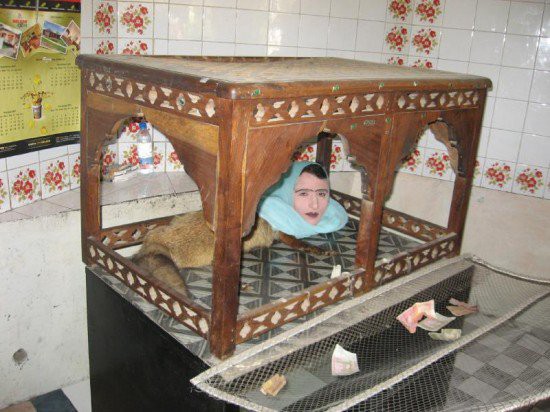
‘Can I borrow your bat?’
In 1996 a 17-year-old Shahid Afridi smashed the world’s fastest ODI century. And he did this with someone else’s bat. Afridi’s record held for 18 years. The irony is, that Afridi was added to the Pakistan squad as a leg-spinner and in his first match was positioned to play well down the order. However, in his second game he was promoted up the order and this is when he cracked a hundred in just 37 balls. What’s even more interesting is the fact that Afridi didn’t even own a proper bat. He had to borrow one from Pakistan’s fast bowler, Waqar Younis.
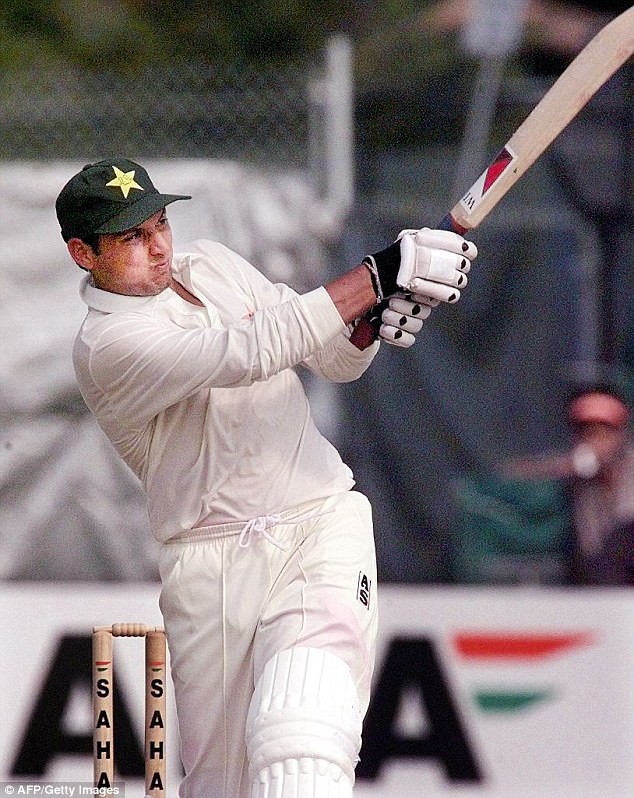
Clouded in mystery
In 1998, the State Bank of Pakistan issued PRs. 2 coins. They had Lahore’s famous Mughal monument, the Badhshahi Mosque, embossed on them. However, it was months after the coins were introduced that people began to notice that some of these coins had clouds on them and some didn’t. Nobody seems to know why this was – not even the State Bank. Both versions of the coin remained in circulation till the Rs. 2 coin were discontinued a decade later.
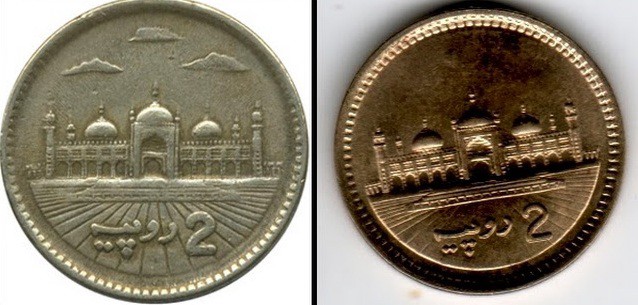
Rising & Setting with the Sun
Three young brothers in a village in Pakistan’s Balochistan province suffer from a rare (and a yet-to-be-named) condition. Every day they wake up just before sunrise, go to school and then play cricket. But they become completely paralyzed the moment the sun sets. They just can’t move after that and remain in this state till the sun comes up again. Their condition has baffled scientists who have failed to find a case such as this anywhere else in the world. The media has dubbed the children, ‘Solar Kids.’

We are like this only.
Very few know this but Pakistan has the third-highest number of English speakers!
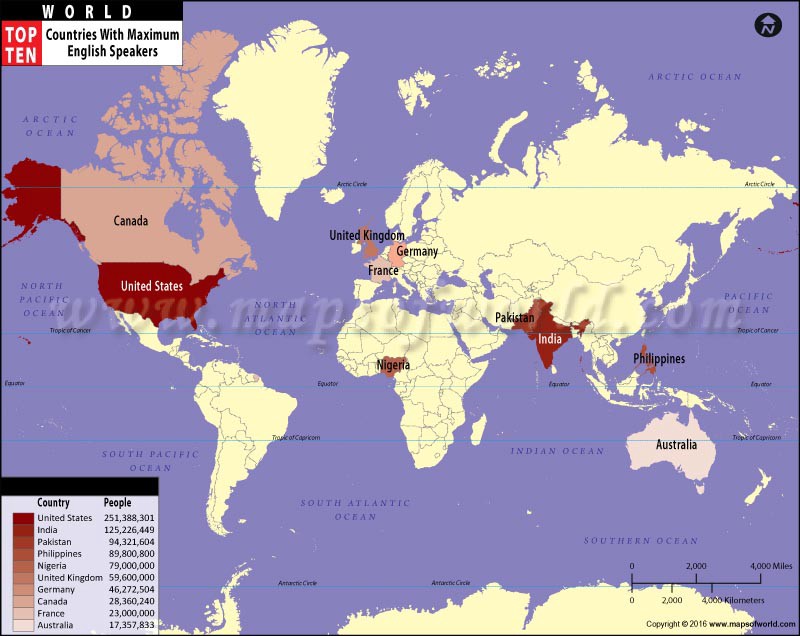
Governing from Tents
When Pakistan emerged as a separate country in 1947, it was extremely short on resources. Many of its first civil servants and government officials had to operate from makeshift tents.

For Queen and Country
The Queen of England, Elizabeth, was also Pakistan’s head of state till 1956. Pakistan appeared on the world map in August 1947 as an ‘Independent British Dominion.’ King George VI was the new country’s head of state till 1952. Elizabeth took over this role after George till Pakistan was declared a republic in 1956.

The Karachi Odyssey
Till the early 1940s, Karachi was considered to be ‘the cleanest city in South Asia.’ It was also known as ‘the Paris of Asia.’

Karachi in 1940s
During Pakistan’s industrial and economic boom in the 1960s, Karachi became the main commercial hub of Pakistan and also its ‘entertainment capital’ with its cinemas, restaurants, bars and nightclubs. It was during this period that it began being known as ‘City of Lights’ – a moniker which it held till the 1980s after which the city’s infrastructure began to collapse.

Today Karachi is considered to be one of the most congested, polluted and ‘dangerous’ cities in the world.

Pakistan’s Polish Soldiers
As the situation in Poland got worse during the Nazi occupation and then after World War-II, 45 Polish officers and scientists flew to Pakistan in 1948 to serve in Pakistan’s nascent armed forces. Many of them went on to serve the country’s military and air force till the 1960s. In fact, it was one such Pole, Józef Marian Turowic, who was serving as the chief scientist in the Pakistan Air Force who initiated Pakistan’s space program with Dr. Abdus Salam during the Ayub Khan regime (1958-69). He was bestowed with one of Pakistan’s highest awards, the Sitara-e-Imtiaz. Turowic remained in Pakistan where he died in a car crash in 1980.

Józef Marian Turowic
Rite of Passage Till 1965 many Indian and Pakistanis held a special ‘joint India-Pakistan passport.’ These were mainly issued to Sikhs of India who regularly travelled to Pakistan’s Punjab province as pilgrims to Sikhism’s holy sites in that province. The passport was also for those Pakistanis who had family members in India. The passport was discontinued after the 1965 India-Pakistan war.

Joint Pakistan-India passport
The Drowned Town
In 1967, a major dam (Mangla Dam) was built on Jhelum River in the Mirpur District of Azad Kashmir. The dam’s construction caused the ‘controlled flooding’ of some villages and one major town. They were completely submerged underwater. For years, some structures of the drowned town would slightly emerge during low tide. Some of these structures can still be seen, but today they appear a lot more rarely than before. Curious folk still dive in this section of the river to investigate the remains of the drowned town.

Unity in Diversity
Though Pakistan has four prominent ethnic groups, there are actually over 25 ethnic communities residing in the country. What’s more, over 65 languages are spoken in Pakistan. Of these, Punjabi is the largest spoken language and Urdu is the national language.

The Pakistan Islands
Very few Pakistanis outside of Karachi and Gwadar know that the territory of the country includes approximately 15 islands. Most of these islands are situated in the Arabian Sea near Karachi in Sindh and Gwadar in Balochistan. Below are pictures of some of these islands.
Astola Island: 39 km from the fishing port of Pansi in Balochistan. Unpopulated.

Astola Island

The twin Baba and Bhit Islands
Buddo Island: Off the coast of Karachi. Thinly populated.

Buddo Island
Bundal Island: Off the coast of Karachi. Thinly populated.

Bundal Island
Charna Island: About 9km from Balochistan/Sindh’s Hub River. Recently a pair of Blue Whales were also sighted here. Thinly populated.

Charna Island
Zalzalah Koh (Earthquake Island): In 2013 an island was formed in a matter of hours due to an earthquake in the sea near the Gwadar Port. It was aptly named Earthquake Island. No population.

Earthquake Island
Deeply Spiritual
The Kehwra Salt Mine in Punjab’s Jhelum District is the second largest salt mine in the world. Within the mine there is an attractive little mosque which is the one of the deepest mosques on earth.

Mangopir’s Croco-Tale
There are over a hundred crocodiles living in a deep pond at a Sufi saint’s shrine in Karachi’s Mangopir area.

Mangopir
According to legend, these crocodiles were ‘summoned’ here by the Sufi saint over a thousand years ago. Devotees saw them as faithful pets and protectors of the saint. The crocs are fed food bought by the saint’s devotees.

Devotees feeding the crocodiles
Scientists have found crocodile bones here which are over 5000 years old. They believe that an ancient flood must have carried the crocs here where they got stranded. They have been living here in this pond ever since.

Mangopir
Pakistan’s coolest ‘export’
In July 2012, Scout Willis, teenage daughter of Hollywood stars Bruce Willis and Demi More was arrested in New York for underage drinking. She was caught drinking the Pakistani beer, Murree. Pakistan has three main breweries: Murree, Quetta and Indus. A prohibition was temporarily placed against sale of alcoholic beverages to Muslims in Pakistan in April 1977. The prohibition was then legislated in 1979. Murree is the largest and the oldest maker of alcoholic beverages in Pakistan. It is also one of the country’s biggest tax-paying companies. Its products are available outside of Pakistan as well – especially in South Asian restaurants in Europe and at Pakistani stores in the United States. That’s where Ms. Scout had gotten her Murree from.

Murree Beer
The Original Dogs
Pakistan has thousands of ‘stray’ street dogs. Almost all of them belong to a single breed: Pariah. A majority of them are brown and live on the streets, especially in the country’s heavily populated urban areas. Though they often become a menace and are ‘put down’ by the authorities, they belong to a breed of dogs which is thousands of years old. Experts say these dogs have been roaming the streets of South Asia since ancient times. The experts add that the Pariah dogs who have white, black or spotted skins are the outcome of the South Asian Pariah dogs who began mating with dogs brought here as pets by the British between the 18th and early 20th centuries. So whenever you see a stray dog anywhere in Pakistan which doesn’t have brown skin, then remember, he/she has some British blood in it.

Lost in Pace
Between 1979 and early 2000s, Pakistan produced some of the fastest bowlers in world cricket. These included Imran Khan, Wasim Akram, Waqar Younus, Shoaib Akhtar and Mohammad Zahid. But before Akram, Akhtar, Zahid and Younis, an 18-year-old lad called Atique-ur-Rehman had appeared, promising to become one of the quickest bowlers in the world. When Imran saw him in the nets in 1983, he said he (Atique) was even faster than him. The same year Atique, playing for Pakistan’s U-19 side, sent three Sri Lankan U-19 players to the hospital, hitting them with his vicious bouncers at Karachi’s National Stadium. Atique was picked for Pakistan in 1984 during the team’s tour of India. He just played in a side game. He was considered fast, but wayward. He also had a hot head. Veteran bowling coach, Khan Muhammad, was assigned to help Atique add some control to his bowling. Khan decided to change Atique’s bowling action. But with the new action, Atique lost a good 50 pc of his pace. And when he tried to revert to his previous action, he couldn’t. It was as if he had forgotten what it was. The promising fast man was never heard from again.

Atique, the fast bowler
The Fox Man/Woman
The West discovered him/her in 2014; but it’s been at the Karachi Zoo for decades. Two British newspapers which ran a story on this ‘creature’ in 2014 called it the ‘Fox Lady.’ It’s basically a man who puts on heavy make-up on his face and sticks his head out of a hole. Beside him is a fake fox fur complete with a tail. People throw money at it and if they pay a bit extra can converse with him. He is called Mumtaz Begum (or Mrs. Mumtaz/Lady Mumtaz). The Karachi Zoo was established during British Colonial rule in 1878. It became Karachi Zoological Gardens after Karachi became part of Pakistan in 1947. Though UK newspapers reported that Mumtaz Begum was introduced in the early 1970s, truth is, ‘she’ made her first appearance in the late 1950s when one of the keepers at the zoo got the idea from a visiting circus. She was introduced as ‘Karachi Zoo’s talking fox.’ Various men played the role of Mumtaz Begum until the act was polished by a man called Ali in 1974 who added another feature to it: He/She began to ‘predict’ outcomes of school exams, career moves and romantic affairs. Ali’s version of Mumtaz Begum was such a hit that years later his son Murad was given the job, one he still holds.

Fox Lady
‘Can I borrow your bat?’
In 1996 a 17-year-old Shahid Afridi smashed the world’s fastest ODI century. And he did this with someone else’s bat. Afridi’s record held for 18 years. The irony is, that Afridi was added to the Pakistan squad as a leg-spinner and in his first match was positioned to play well down the order. However, in his second game he was promoted up the order and this is when he cracked a hundred in just 37 balls. What’s even more interesting is the fact that Afridi didn’t even own a proper bat. He had to borrow one from Pakistan’s fast bowler, Waqar Younis.

Shahid Afridi
Clouded in mystery
In 1998, the State Bank of Pakistan issued PRs. 2 coins. They had Lahore’s famous Mughal monument, the Badhshahi Mosque, embossed on them. However, it was months after the coins were introduced that people began to notice that some of these coins had clouds on them and some didn’t. Nobody seems to know why this was – not even the State Bank. Both versions of the coin remained in circulation till the Rs. 2 coin were discontinued a decade later.

Rising & Setting with the Sun
Three young brothers in a village in Pakistan’s Balochistan province suffer from a rare (and a yet-to-be-named) condition. Every day they wake up just before sunrise, go to school and then play cricket. But they become completely paralyzed the moment the sun sets. They just can’t move after that and remain in this state till the sun comes up again. Their condition has baffled scientists who have failed to find a case such as this anywhere else in the world. The media has dubbed the children, ‘Solar Kids.’

Solar Kids
We are like this only.
Very few know this but Pakistan has the third-highest number of English speakers!

